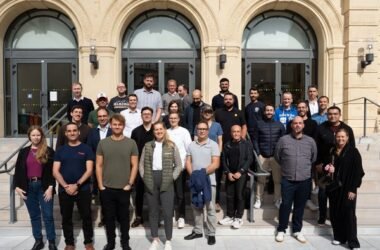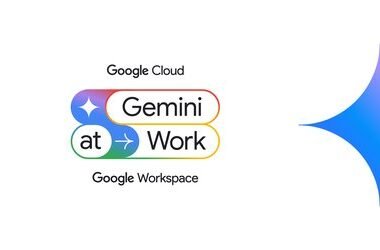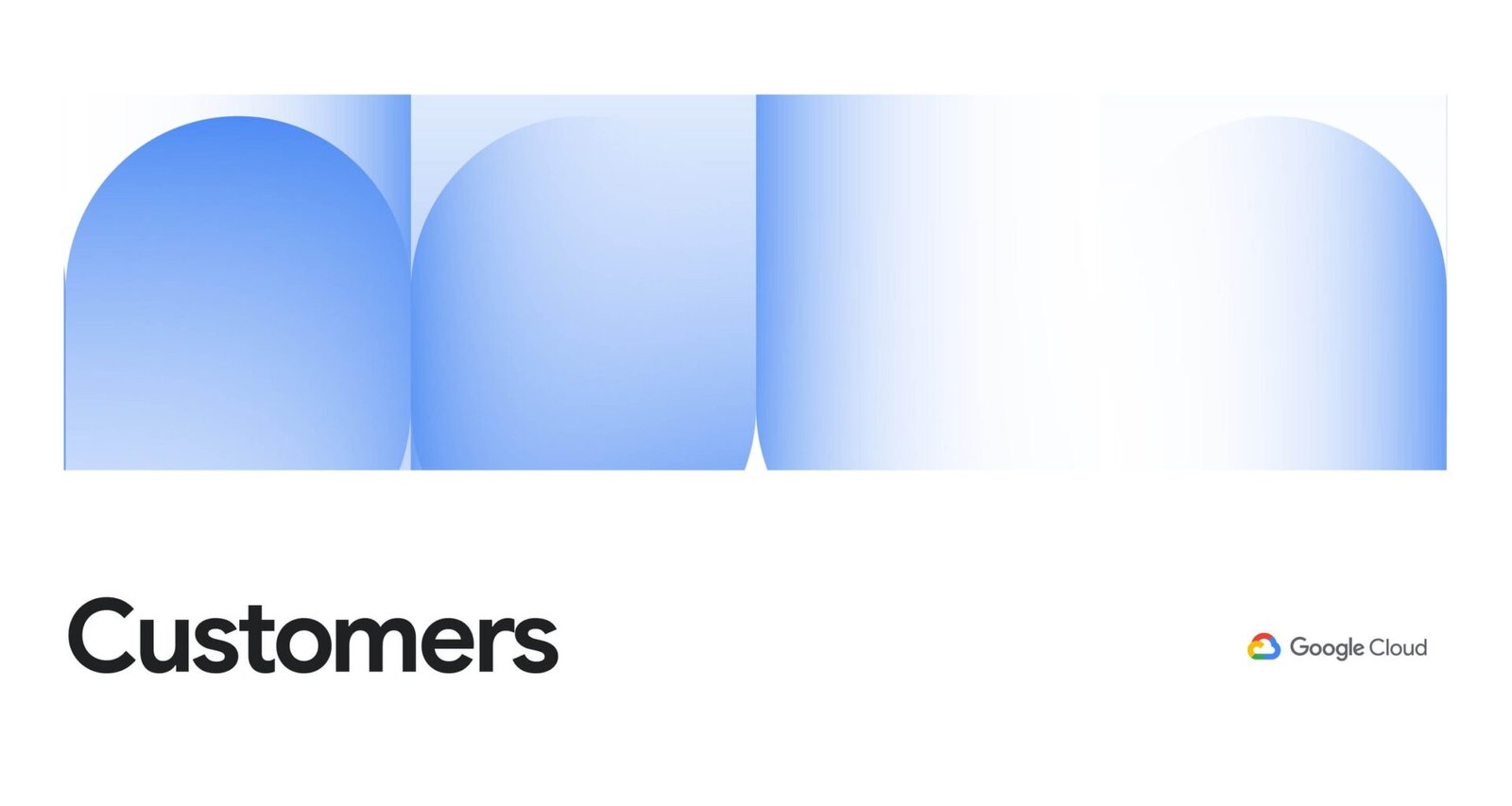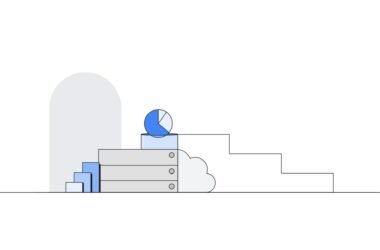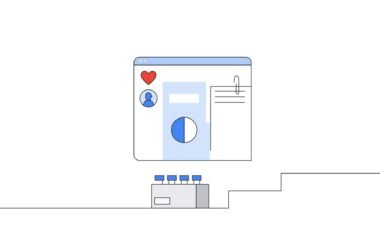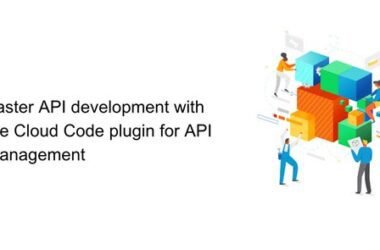The energy industry is facing huge, exciting challenges. The transition from fossil fuels to a sustainable energy supply using renewable energies continues to be a complex process, and it won’t just happen by itself. With more than a third of the world’s electricity predicted to come from renewables by 2025, the ongoing shift to sustainability requires collaboration, innovation, and determination. At 50Hertz, which is part of the Elia Group, we want to create the grid of the future using state-of-the-art technologies.
50Hertz operates the electricity transmission system in the north and east of Germany. We supply 18 million people with electricity, 24 hours a day. This is done with our extra-high-voltage grid, which has an electrical circuit length of more than 10,000 kilometers. We’re currently planning a number of projects to strengthen our grid and we’re also connecting offshore wind farms in the Baltic Sea to our transmission grid. But this is just the start.
Tackling carbon emissions by measuring CO₂ intensity
As we try to build a more sustainable future, we want to give everyone access to data that can help them make more informed decisions about how to reduce their CO₂ emissions. We do this through measuring what’s called CO₂ intensity. This refers to the amount of carbon dioxide emitted per unit of energy generated, and is expressed in grams of CO₂ equivalent per kilowatt-hour (gCO2eq/kWh). It is often used to measure the environmental impact of energy sources, such as electricity.
The lower the CO₂ intensity, the less carbon dioxide is emitted for the same amount of electricity. Renewable energy sources have a much lower CO₂ intensity than fossil fuels. If there is no wind or sun, then lignite or gas-fired power plants, for example, have to generate more electricity and the emissions greatly increase. And if, on the other hand, it’s a sunny and windy day, the CO₂ emissions are relatively low, or nearly zero. This is only currently applicable for countries where there are a lot of wind and solar power plants, like Germany, but as sustainable energy increases across the continent, more and more countries will need to measure CO₂ intensity.
But what does that actually mean on a day-to-day basis? Let’s say it’s windy in Berlin, but it’s really overcast. It’s likely that the CO₂ intensity is quite high, because fossil fuel power plants (which produce more carbon emissions) will have to work harder to make up for the lack of solar power. But if you know there will be a big storm in the evening then you know that the CO₂ intensity will be much lower, as there’ll be a surge in wind energy and less reliance on power plants to produce energy. So you can charge your electric vehicle in the evening and save on your carbon emissions.
This detailed information about the CO₂ intensity of the electricity in the grid can help companies and their customers gain a better overview of their CO₂ footprint and find ways to reduce their CO₂ emissions.
Forecasting CO₂ intensity with Vertex AI
The Elia Group, which owns 50Hertz, is committed to innovation. And we’ve created our own “incubation factory” called The Nest. Our work at The Nest is helping develop and create new solutions that will help boost the transition to sustainable energy more quickly. To do this, we’ve been working on a way to measure CO₂ intensity using Google Cloud technology. We call it eCO₂grid.
Initially, our forecasts were relatively limited in terms of functionality and geographical scope. However, we wanted to expand to encompass a broader range of possibilities. Having already been testing how Vertex AI could help 50Hertz on several other projects, we began to think about how it could help us construct eCO₂grid. After some constructive conversations with the Google Cloud team, they put us in touch with Google Cloud Partner Eraneos to help build eCO₂grid. We soon realized that Vertex AI was the solution we needed to help us improve the CO₂ intensity forecasting with eCO₂grid.
Building an ML Ops platform at scale
Our data scientists and engineers together with Eraneos built a comprehensive MLOps platform using Vertex AI, incorporating all the existing forecasting models and connecting them to the data in 50Hertz’s systems. Vertex AI now allows us to control and manage multiple models at the same time, which wasn’t an option that was available to us before. This has enabled us to develop advanced 24-hour forecasting models first for our core areas of Germany and Belgium, with the possibility of extending them to each of Europe’s electricity market areas, otherwise known as bidding zones. This is very important because each country (or bidding zone) has such a diverse energy mix, which you cannot easily incorporate into one model. That’s why being able to handle multiple models at the same time is so useful, as it allows us to produce much more accurate forecasts.
Building this platform using Google Cloud was quick. We put together a great initial model with our data scientists in a few weeks. And by the end of 2023, we had a model that was as accurate as we could have imagined. We want to get more feedback on how useful eCO₂grid is for our customers and eventually we hope that our forecasts will soon become the gold standard for Europe. We want companies who are producing sustainable products, whether it’s electric vehicle manufacturers or heat pump producers, to use our forecast data in their own systems via an API. Ultimately we want to give everybody a better understanding of what kind of energy is produced where and what impact it really has on the environment.


